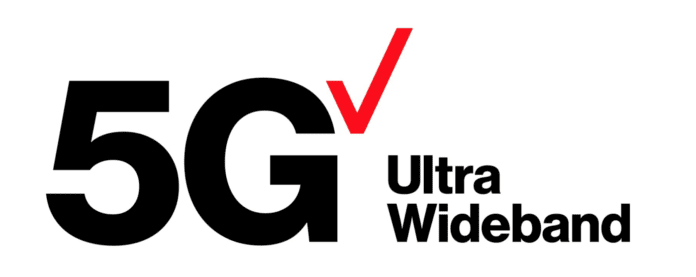According to Verizon, IAB will allow the carrier to deploy 5G services more quickly
Verizon worked with Ericsson to complete a proof-of-concept trial using new Integrated Access Backhaul (IAB) technology to deploy Verizon’s 5G Ultra Wideband service. According to Verizon, the carrier has “bet big on fiber,” which is calls the “circulatory system of a network.” However, tackling local regulations and licensing hurdles, as well as the installation itself, will take significant time, and so IAB, which eliminates the need to wait for fiber installations, will allow the carrier to get 5G up and running more quickly.
IAB works by using airlink connections over mmWave spectrum instead of a fiber connection to send data throughout the network, and makes its possible to initially circumvent the need for fiber by dynamically allocating a portion of bandwidth for consumers to send their data from their device to the cell tower, and using another portion for that data to be sent from the cell tower back to the core of the network.
“Fiber is the ideal connection between our network facilities. It carries a ton of data, is reliable, and has a long roadmap ahead as far as technological advancements. It is essential,” said Bill Stone, VP of planning for Verizon. “However, this new IAB technology allows us to deploy 5G service more quickly and then fill in the essential fiber at a later time.”
In an email exchange, Karen Schulz, a spokesperson for Verizon, provided further insight into Stone’s comment regarding the role that IAB technology will ultimately play in Verizon’s 5G network.
“We have another phase of trials coming up that will incorporate multi-hops,” Schulz told RCR Wireless. “That is our next step leading to commercial deployment.”
She added that the plan is to actively use IAB as an “acceleration tool” in Ultra Wideband service deployment within UWB footprints.
“Meaning,” she explained, “that it will help us get 5G sites on the air more quickly […] but we do not intend to use the airlink indefinitely. It will help us speed the deployment of cell sites and we will use the airlink for backhaul until we are able to run fiber to the site.”
Then, she continued, Verizon will “switch the backhaul traffic to the fiber transport,” freeing up bandwidth originally used for backhaul.
The IAB trial also showed that mobile cell sites can also be connected using IAB, which Verizon and Ericsson claim is a critical asset for first responders and public safety agencies who need temporary cell coverage for a number of emergency operations like search and rescue and disaster recovery efforts.
“When our first responders need us, we will be there with the resources they need to accomplish their mission critical work,” said Stone. “IAB technology gives us many more options to ensure communications resources are where our first responders need them anytime they call on us.”

